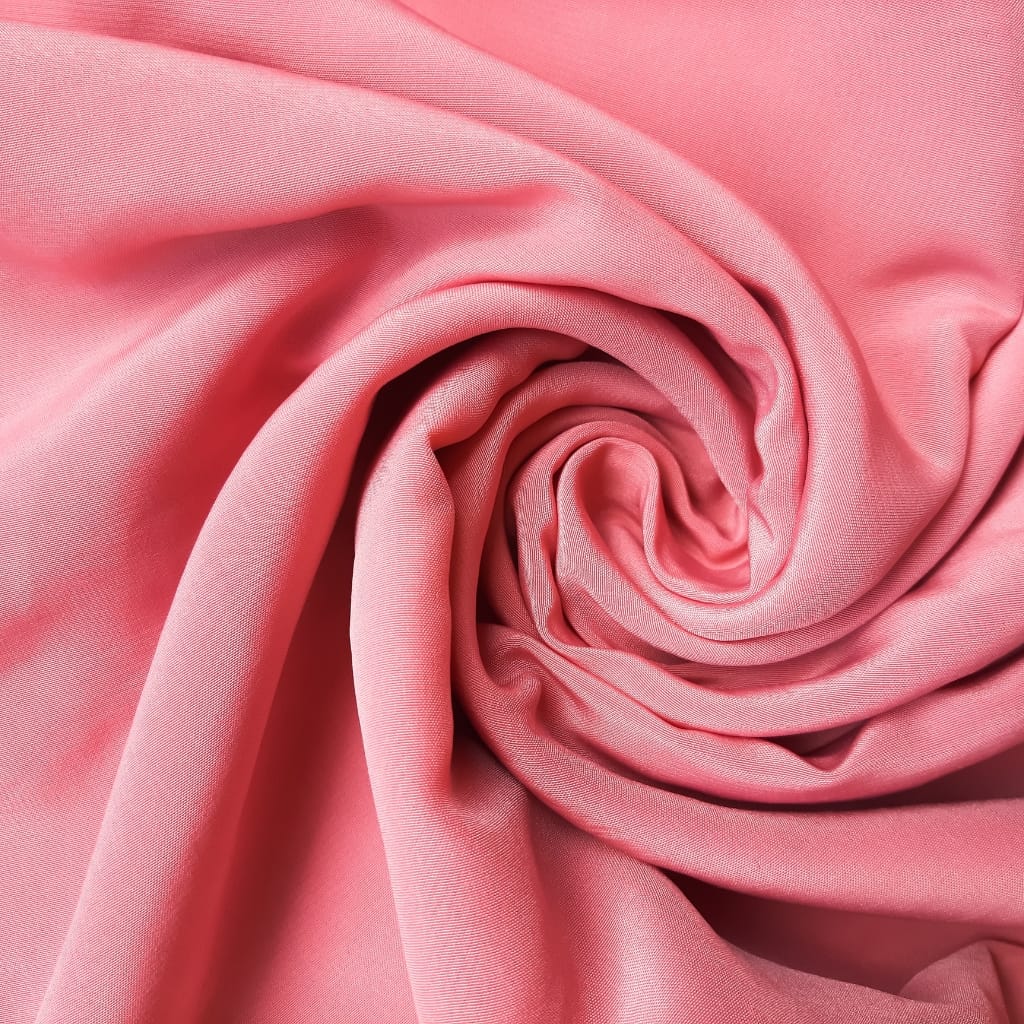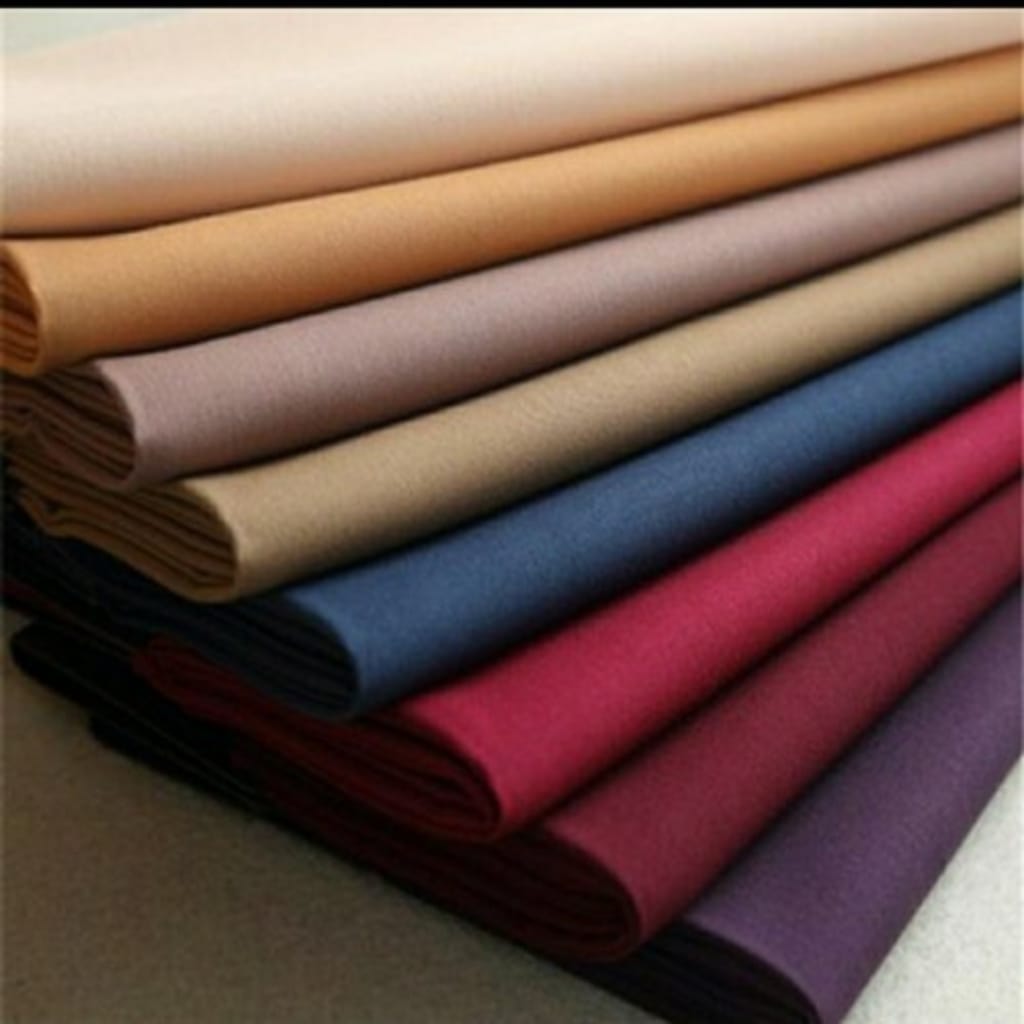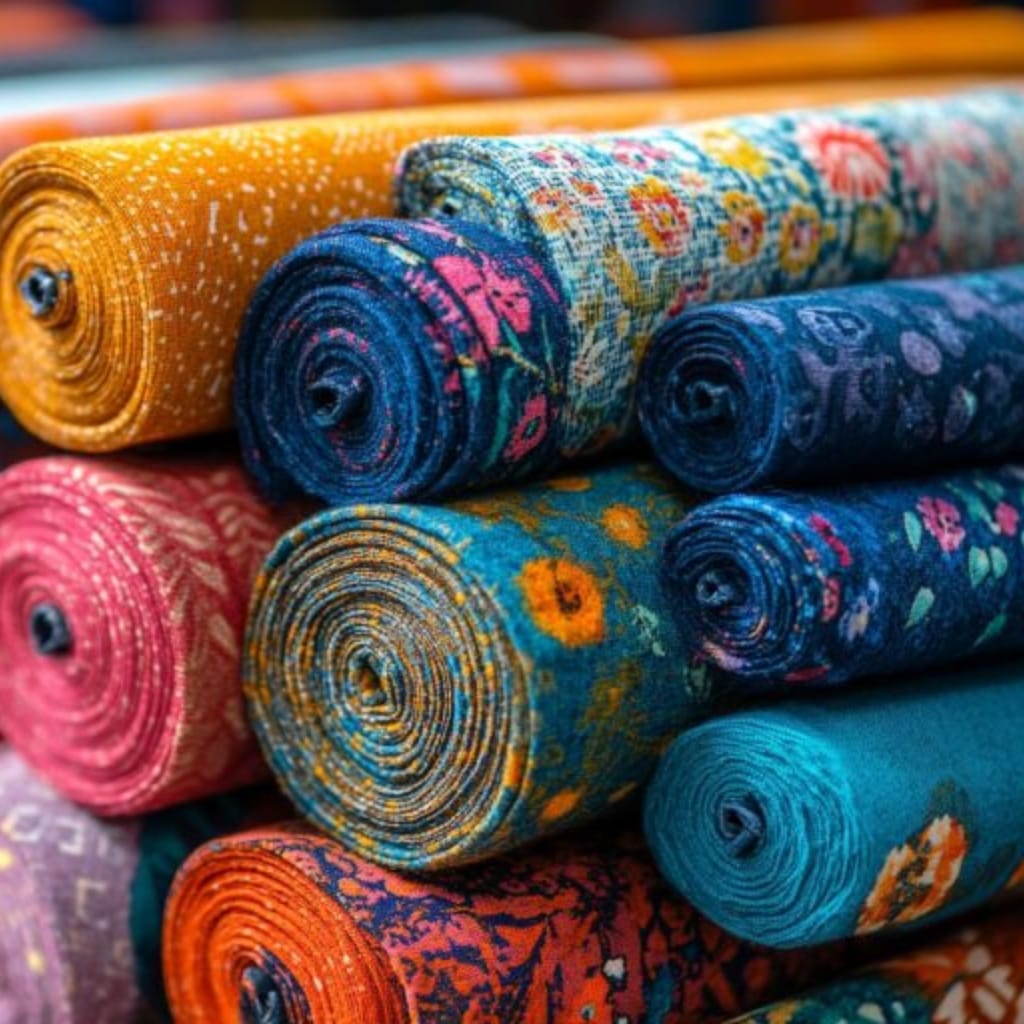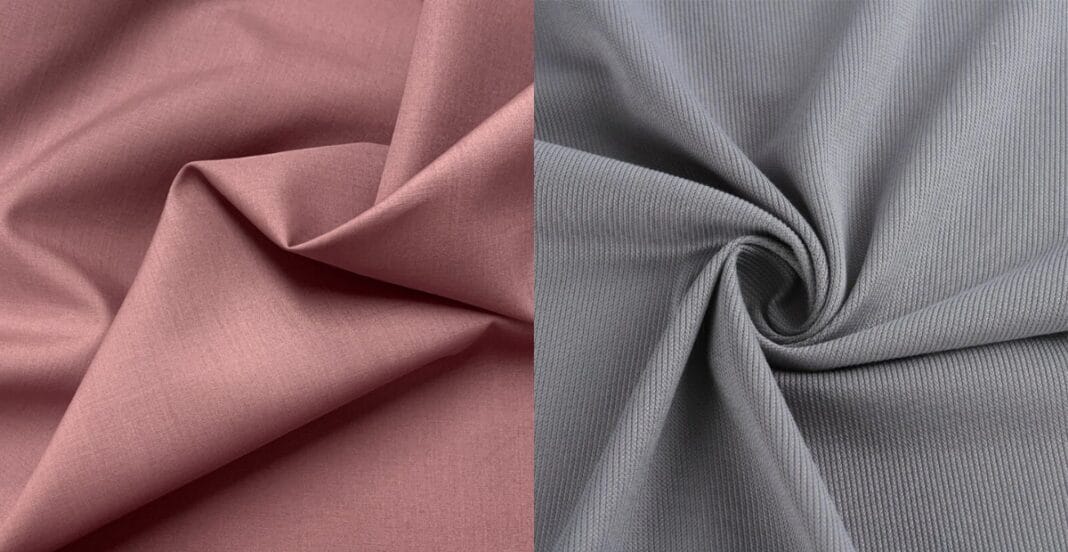A common question asked in the textile industry is, what is polycotton? It is essentially a polyester and cotton blend fabric. In the case of polycotton, the most common blend is 65% polyester and 35% cotton, but there is also a 50/50 ratio. The mixture of these two fibers provides numerous advantages. Cotton provides softness and comfort while polyester gives strength and insensitivity to creasing. For that reason, what is polycotton? The answer lies in the fact that it resolved many fabric issues in one blend. Best of all, brands not only in fashion, but also in home goods are leveraging the benefits of polycotton. With consumers more fabric-conscious today, the answer to what is polycotton becomes more important. Along with polycotton’s practical features, it also meets balance of modern expectations for performance, ease, and ease of use.
Table of contents
- What is Polycotton and why do big brands care about it?
- Apparel Polycottons: Definition and Uses
- What Is Polycotton’s Role in Home Textiles and Furnishings?
- What is the sustainability profile of polycottons? Using a balanced approach.
- What Is Polycottons in Custom Clothing and Corporate Branding?
- How Does Polycotton Feel? The Touch of Capability
- What Are the Washing Instructions for Polycotton? Simplified Fabric Care
- What Is Polycotton’s Place in Industrial and Technical Wear?
- Polycotton in School Uniforms and Children’s Wear: Safe and Smart
- What Is Polycotton Used In Medicine and Hospitality?
- What Is Polycotton in the Future of Fashion?
- Conclusion: Understanding Polycotton and Its Innovative Mechanics
- FAQs
What is Polycotton and why do big brands care about it?
When big brands strategically pick the materials for their garments and textiles, they consider cost, performance, and appearance, which is why they ask, “What is polycotton?” This blend of polyester and cotton allows manufacturers to create clothing and textiles commercially without incurring excessive expenses. Polycotton is easy to care for, durable, and design friendly which adds to its appeal. What is polycotton is not just a blend, but a smart business decision that fashion retailers, hotel chains, and even government uniform suppliers are starting to use. Polycotton also withstands multiple dyeing and screen printing processes which helps color, logos, and designs remain clear for longer. Understanding what is polycotton becomes key for retail and manufacturing decision-makers as shifts in trends focus on long lasting, sustainable options. The wrong choice of fabric can affect profit margins, customer satisfaction, and brand image, which is why polycotton is now preferred by many.
Apparel Polycottons: Definition and Uses
Apparel polycottonsis an intimately blended fabric composed of two types of fibers, polyester and cotton. These blends are used in a variety of shirts, pants, and even products outside of apparel. Understanding what is polycottons makes us appreciate its ubiquity in the around us; from cost-effective t-shirts to high-end premium work clothes, polycottons is everywhere. Spinning faster than pure cotton, shrinking, stretching, and other wear and tear is resists far better than pure cotton. At the same time, polycottons still breathability and softness that can’t be matched by synthetic fabrics. It retains shape after multiple washes and looks polished without heavy ironing. It has become a popular choice of wardrobes for workers such as uniforms, polo shirts, or children’s wear. Fashion brands continue to inquire what is polycottons to ensure their products suffice consumer needs. Polycottons clothing in professional settings or for casual wear offers versatility and style.
What Is Polycotton’s Role in Home Textiles and Furnishings?
As people wonder what is polycottons, most do not know how much it is used at home. Polycotton dominates the home textile market, appearing in bedsheets, pillowcases, tablecloths, and curtains. The fabric’s strength ensures that it can be washed regularly; its softness provides comfort. One of the biggest advantages of polycotton in home goods is its resistance to fading and shrinking for items washed on a weekly basis. Even better, they dry quickly and are wrinkle resistant, so less time is spent ironing. This fabric is of particular interest to hospitality businesses that rely on polycottons for consistent quality in rooms and restaurants. So when brands and consumers wonder what is polycotton, they are actually surrounded by it. Polycotton’s form and function work to keep homes looking stylish while easing the burden of upkeep.
What is the sustainability profile of polycottons? Using a balanced approach.
In addition to solving the question ‘what is polycottons?’ in terms of its function, many eco-conscious consumers wonder what is polycottons from a sustainability perspective. As we know, polyester is a synthetic (petrochemical) fiber. However, it does have its advantages when blended with cotton since it helps reduce waste. As we pointed out before, cotton is biodegradable whereas polyester helps lengthen the life of products which reduces the frequency in which they need to be replaced. Additionally, some brands use recycled polyester for their polycottons reducing the overall impact even more. As garments last longer and require less energy to maintain, the carbon footprint declines in the long run. This is the reasoning why sustainability-conscious manufacturers research what is polycottons and how to produce it in a more environmentally friendly manner. Considering the advancements in technologies aimed at recycling, polycottons isn’t a perfect solution, but it will continue to strive as an ideal option for eco-conscious consumers. Each year, innovations like bio-based polyesters and cotton sourced from regenerative processes increase the sustainability of polycottons blends.
What Is Polycottons in Custom Clothing and Corporate Branding?
It is not surprising for companies branding polycotton to inquiry ‘what is polycotton’ as they are searching for customizable and quality fabrics. Polycotton is a blend of polyester and cotton; its attributes include colorfastness and the ability to withstand heavy detailing during embroidery, screen printing, and sublimation. Fabric smoothness ensures sharp marks are maintained while durability makes sure clothing used for promotions can endure the wear and tear. For use in corporate uniforms and event merchandise, polycotton delivers uniformity in texture, ease of maintenance, and a professional look. It does not pill easily and looks good after multiple wears. It is for these reasons that cost savvy yet elegant options always come to what is polycotton and why it is a best seller. These fabrics preserve brand messages and reduce costs from frequent replacements or undue maintenance, thus making it a favorite fabric in promotional wear. Polycotton based custom wear also improves employee attitude by providing them comfort along with a sense of corporate pride.

How Does Polycotton Feel? The Touch of Capability
Polycotton is composed of both polyester and cotton, thus shoppers wonder how polycotton feels. The texture depends on the fiber blend. An increased ratio of cotton tends to soften the fabric while additional polyester will make it crispier. The outcome is a fabric that feels good while remaining structured at the same time. It does not cling uncomfortably to the body and remains breathable in most climates. As a result of not wrinkling easily, polycotton looks neat which makes it a favorite for everyday clothing. Because Mark and designers evaluate what is polycotton literally assess the fabric considering polycotton’s tactile nature, the answer in essence is ‘how does it feel?’. Customers, especially wearers of casuals and uniforms appreciate the blend of softness along with thick build. Further ease of comfort after intense washing simply renders the fabric suitable for prolonged usage augmenting the polycotton’s versatility in apparel.
What Are the Washing Instructions for Polycotton? Simplified Fabric Care
In terms of clothing or linens, everyone seeks low-maintenance materials, which explains what is polycottons. Luckily, it is easy to wash and dry. Polycottons maintains its shape and color during standard wash cycles, and tumble drying on low keeps it fresh. Generally, ironing isn’t necessary. Due to these qualities, polycottons is ideal for busy families, hotels, and schools. Unlike silk or pure cotton, which require delicate treatment, polycottons makes life easier. When people wonder what is polycottons, they discover an effortless solution for day-to-day living. The fabric is perfect for high-use environments that require dependable and easy-to-maintain textiles. Adequate upkeep ensures polycotton maintains its performance and appearance throughout its lifespan.
What Is Polycotton’s Place in Industrial and Technical Wear?
With relation to what’s polycotton, it is notable that trades like construction, food service, and even healthcare all have uniform requirements. It does not wear out easily, handles stains better than cotton, and dries faster than a lot of fabrics. Polycotton is suitable for workers as it endures through prolong shifts. Moreover, polycotton allows air to pass through and provides comfort. It is also appropriate for treatment of solvents such as flame retardant and antimicrobial finish. These attributes make polycotton a fundamental element in technical garments. When asked What is polycotton, companies learn that it is much more than a simple piece of fabric, rather it is an aid in maintaining efficiency and safety in rigorous environments. In its many applications, polycotton proves to be robust, whilst simultaneously comfortable, aiding in the productivity and protection of workers across industries.
Polycotton in School Uniforms and Children’s Wear: Safe and Smart
Frequently, both parents and school caretakers ask what polycotton is because of the need of durable and children-friendly clothing. Polycotton children’s uniforms, playwear and sports kits cater to every requirement and offer a solution. Kids grow and play hard. Clothing needs to survive a lot of rough usage without compromising comfort. Polycotton fabrics do not easily shrink or fade which helps parents avoid frequent replacement of clothes. Additionally, even after multiple washes, polycotton clothing remains comfortable. Schools appreciate polycotton for its low cost and neat appearance, making it a budget friendly option. In a nutshell, when institutions and families inquire what is polycotton, they are choosing a dependable fabric that stands up to demands. The easy care nature of polycotton also helps busy parents manage their routines. Polycotton enables children to look good while staying comfortable, easing the stress on families and parents with little wardrobe management.

What Is Polycotton Used In Medicine and Hospitality?
Healthcare and hospitality industries often ask “what is polycotton” due to them requiring a professional look combined with heavy laundering. It enables scrubs, uniforms, and linens to be kept clean and soft. Compared to cotton, it also does not absorb bacteria as readily and dries quicker which promotes faster turnaround in laundry. It also withstands frequent washing in hot water, a common demand in clinical and hospitality settings. Polycotton assists in maintaining high standards of hygiene while saving on costs. This is the reason why hygienic facility managers who wonder what is polycotton frequently adopt it for operational excellence. Comfort and durability in polycotton also improves the experiences of the wearer.
What Is Polycotton in the Future of Fashion?
Polycotton combines polyester and cotton, becoming an ideal textile for smart clothing along with several other fabrics. The advancements in sustainable sourcing, smart textiles, and technology provides new relevance for polycotton. Biodegradable polyester may soon become a reality, giving polycotton enhanced importance, especially in conjunction with organic cotton. Embedded clothing technology needing stable, resilient materials will also rely on polycotton. As the fashion industry transitions to enduring, functional models focused on longevity, the role of polycotton fabrics will remain essential. In what is polycotton’s promises lie the future in added UV protective, moisture-wicking properties and other performance enhancements. It will serve boldly in the sphere of innovation. Polypropylene always needs work to be done on it—and that helps polycotton stay in demand. Watch for trends evolving toward appealing, ethical, and utilitarian fashion where polycotton will rise to the occasion, along with several other eco-friendly materials.

Conclusion: Understanding Polycotton and Its Innovative Mechanics
In its essence, what is polycottons? It is more than a blend; rather, it is a fabricated solution. Polycottons addresses the needs of fashion, home, industry, and ecological sustainability in a single fabric. It integrates comfort and strength, affordability and aesthetics, ease of care and durability. Polycottons is a textile in high demand from users as it delivers dependable results in a multiplicity of applications; consumers use polycottons for its comfort as it is easy to wear, wash, and does not provoke worry. As the world is now more energy and resource sensitive, asking what is polycottons brings one answer, the fabric of now and the future. Answering what is polycottons brings clarity and insight to designers, retailers, and shoppers, enabling each to make smarter, informed decisions. Polycottons is one example of modern fabric technology that responds fully to the requirements of contemporary life characterized by high speed and the drive for quality.
FAQs
Polycotton is a fabric blend made from polyester and cotton fibers. It typically contains a 50/50 or 65/35 ratio. This combination offers the softness of cotton and the strength of polyester, making it ideal for fashion and home textiles.
Big brands love polycottons because it offers durability, easy care, and cost-effective production. It resists wrinkles, holds color well, and lasts longer than pure cotton, making it perfect for uniforms, clothing, and bedding.
Polycottons is better in terms of durability, wrinkle resistance, and quick drying. However, 100% cotton is softer and more breathable. The best choice depends on how the fabric will be used.



You touched on something important—how polycotton blends offer both breathability and resilience. I wonder how it’s evolving with the push toward more eco-conscious fabrics.